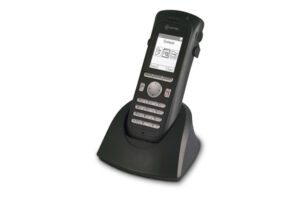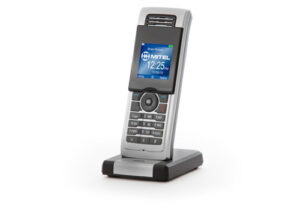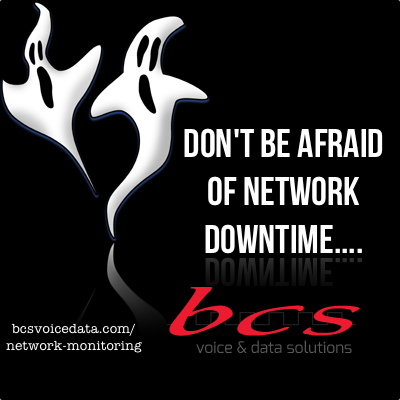Best Cordless Business Phones for Retail
Calling all retail managers! With Christmas less than a week away, we’re sure that you are experiencing more than your fair share of stress and long hours, but we have some advice that may change the way you do business in-store (and hopefully take some stress out of the equation in 2014).
How do you handle in-store communication? Expensive cellphones? Hardwired cordless phones? Consider transitioning to one of the business phone systems in Mitel’s IP-Digital Enhanced Cordless Communication (IP-DECT) arsenal. These cordless business phones connect over a wireless network and provide all the features of complex desktop phones with all the convenient portability of traditional cordless units.
And since no two companies’ communication needs are exactly alike, Mitel offers several different cordless phone units. All cordless business phones run on the the Mitel IP-DECT System for on-premises wireless communication. As a certified exclusive Mitel partner, BCS Voice and Data Solutions is happy to offer this technology to SMBs in Virginia Beach, Virginia and beyond. These Mitel cordless units are two of our favorites.
Mitel MiVoice 5603 Wireless Phone

The Mitel Mivoice 5603 Wireless phone is perfect for small businesses that need a low-cost, basic cordless phone that though simple, is maximally reliable.The 5603 offers plenty of features to streamline the way your employees communicate with each other and the outside world.
- Customizable Graphical User Interface (GUI)
- Phonebook with up to 500 entries
- Speakerphone
- Six languages
- Vibration alert
- High-quality voice
- Call list with 25 most recent calls
- Excellent battery life: 16 hours (talk) and 180 hours (standby)
Mitel MiVoice 5610 DECT Handset

For businesses that need to accommodate more users with more features, we give you the Mitel MiVoice 5610 handset with stand. This wireless handset operates much like a cellphone and offers all the features of the 5603 phone and more.
- IP DECT Stand that supports up to 8 handsets and three simultaneous calls
- Stand accommodates MiVoice 5312/5324/5320/5330/5340 and 5360 IP Phones
- Handset with vibrant color display and adjustable brightness
- Teleworker support
- 9 Customizable polyphonic ringtones
- Battery life: 8 hours (talk) and 240 hours (standby)
- Multiple language support
- MiVoice Business & MiVoice Office support
- Has an operating range of up to 150 ft indoors and 300ft outdoors
Don’t be tethered to the desk by your business phone system. Give your employees the mobility and technology they need to get the job done. Call or contact BCS today to learn more about our cordless business phones and other business phone systems.


 You may turn back the clocks this weekend, but that doesn’t mean you should turn back the clock on your approach to business communications. Technology in this industry is always changing, and falling behind could mean the difference between efficient productivity and lagging progress. VoIP and virtualized IP environments, for instance, have been adopted in recent years by the higher education, hospitality and healthcare fields. All three industries utilize IP communications to simplify once cumbersome processes.
You may turn back the clocks this weekend, but that doesn’t mean you should turn back the clock on your approach to business communications. Technology in this industry is always changing, and falling behind could mean the difference between efficient productivity and lagging progress. VoIP and virtualized IP environments, for instance, have been adopted in recent years by the higher education, hospitality and healthcare fields. All three industries utilize IP communications to simplify once cumbersome processes.
 Stephen Pritchard of ITPRO believes that the consumer cloud is experiencing a crisis of confidence and that this has implications for businesses who elect to use certain cloud storage services. In reference to the Google downtime earlier this week and other recent consumer cloud shutdowns (Amazon/Netflix and Microsoft in particular), Pritchard says,
Stephen Pritchard of ITPRO believes that the consumer cloud is experiencing a crisis of confidence and that this has implications for businesses who elect to use certain cloud storage services. In reference to the Google downtime earlier this week and other recent consumer cloud shutdowns (Amazon/Netflix and Microsoft in particular), Pritchard says,



